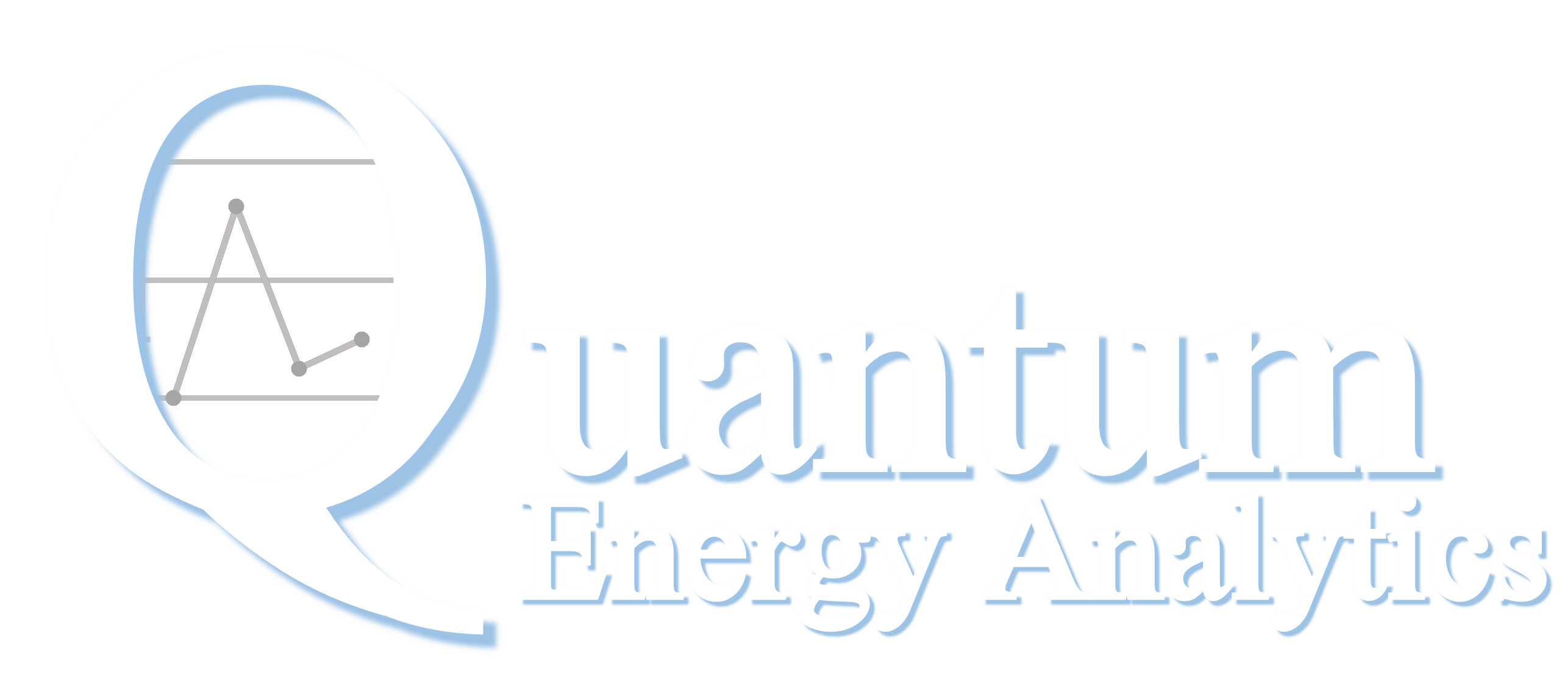Our Story
Quantum Energy Analytics emerged in 2020, as a result of collaboration among experienced professionals who previously led Itron Inc.’s Strategic Analytics Group. Building on their extensive background, our senior team members have been instrumental in shaping the energy industry since 1989, driving the success of Quantum Consulting, Inc. and Regional Economic Research, Inc. Throughout the years, we have demonstrated unwavering commitment to excellence, providing exceptional consulting services to electric and gas utilities, as well as public and private sector institutions.
With offices strategically located in California’s vibrant cities of San Diego and the San Francisco Bay Area, along with our presence in Boulder, Colorado, Quantum is well-positioned at the forefront of innovation. This enables us to deliver visionary solutions that propel our clients towards a brighter and more promising future.

OUR TEAM
Our History
We take immense pride in leading some of the most influential and renowned studies in the Energy Efficiency and Demand-Side Management Industry. Our contributions have shaped fundamental knowledge and continue to be highly regarded and impactful, even with the passage of time. Our foundational studies are widely recognized and valued across the energy sector, both in California and beyond.
The California Commercial End-Use Survey (CEUS) is a comprehensive study focusing on energy use within the commercial sector, providing critical support to the state’s energy demand forecasting efforts. Conducted for the California Energy Commission, it served as a cornerstone for all commercial energy efficiency programs for over a decade, offering valuable insights to drive energy-saving initiatives.
The 2014 California Commercial Saturation Survey (CSS) was a comprehensive endeavor conducted under contract with the California Public Utility Commission. Through extensive onsite and phone surveys, crucial data on electric consuming measures and building characteristics was collected and analyzed. Integrating information from utility customer information systems, customer billing records, and demographic data allowed us to develop building energy intensities, measure saturations, and efficiency distributions for commercial buildings across the state. Our findings offer valuable insights into energy optimization and informed decision-making for commercial programs.
The 2014 California Commercial Market Share Tracking Study (CMST) is a comprehensive initiative that gathered statewide data on recent energy efficiency purchases for high priority energy efficiency measures. Through analysis of information from both end users and supply-side actors, the CMST study provided regulators, utilities, and the evaluation community with baseline estimates of high priority technologies. Moreover, the study offered valuable insights into the efficiency distribution of recent energy efficiency purchases, empowering informed decisions for a sustainable future.
The California Residential Efficiency Market Share Tracking Studies (RMST) meticulously analyzed high-efficiency product market shares and tracked average efficiencies over a decade within California’s residential sector. Providing valuable insights into general market trends and efficient equipment in newly constructed homes, RMST played a crucial role in monitoring and promoting energy-efficient products, fostering sustainability, and supporting conservation efforts for a greener residential sector.
With a rich history spanning over two decades, we proudly possess the most extensive track record in conducting lighting baseline studies, gathering statewide data on lighting measure parameters, and evaluating lighting programs in California. We have meticulously designed and executed studies to collect statewide data on lighting measures and generated lighting load shapes (2013 Nonresidential Downstream Deemed Lighting Impact Evaluation), initiated baseline studies (2011 Advanced Lighting Baseline Study), endorsed and validated lighting baseline studies conducted by others (2022 Lighting Standard Practice Study and 2022 Cannabis Lighting Standard Practice Study) and carried out numerous lighting program evaluations (2020 Nonresidential Lighting Program Evaluation). These studies have yielded indispensable data and profound insights, illuminating the route towards enhanced energy efficiency.
In Florida, we collaborated with seven utilities to conduct Technical Potential Studies for energy efficiency, demand response, and customer-scale photovoltaic, providing the foundation for their demand-side management (DSM) goals from 2010-2019.
The Database for Energy Efficient Resources (DEER) Update Studies are collaborative endeavors involving the California Public Utilities Commission, the California Energy Commission, Investor-Owned Utilities, and other stakeholders. These studies focused on revising the DEER database, providing information on diverse energy efficiency measures used in residential and nonresidential markets. DEER’s comprehensive data serves as a crucial resource, guiding the planning and forecasting of energy efficiency programs’ impacts and cost-benefit analysis throughout California.
The Non Residential New Construction Market Characterization Study offers a comprehensive statewide market assessment, providing valuable insights to policymakers, regulators, stakeholders, program managers, implementers, and evaluators. This study sheds light on the characteristics of California’s nonresidential new construction (NRNC) market and its segments. The study also showcased the accomplishments of the statewide NRNC Savings By Design program, illustrating how the SBD Program aligns with the NRNC market.
Driven by a desire to align quantitative metrics with California’s energy efficiency ambitions, the 2015-2020 Depth of Retrofit and Cost Effectiveness Study developed the Depth of Retrofit – Cost-effectiveness (DORCE) metric. Drawing on data from 166 non-residential resource programs spanning 2010-2015, this groundbreaking metric ingeniously integrates cost-effectiveness indicators with depth of savings indicators. The DORCE metric paints a quantitative portrait of a program’s depth of savings achieved with participants and its cost-effectiveness. Its creation responds to the Governor’s Executive Order B-30-15, which propels California towards a 40 percent reduction in greenhouse gas emissions by 2030, coupled with an imperative to double efficiency savings from existing buildings.
